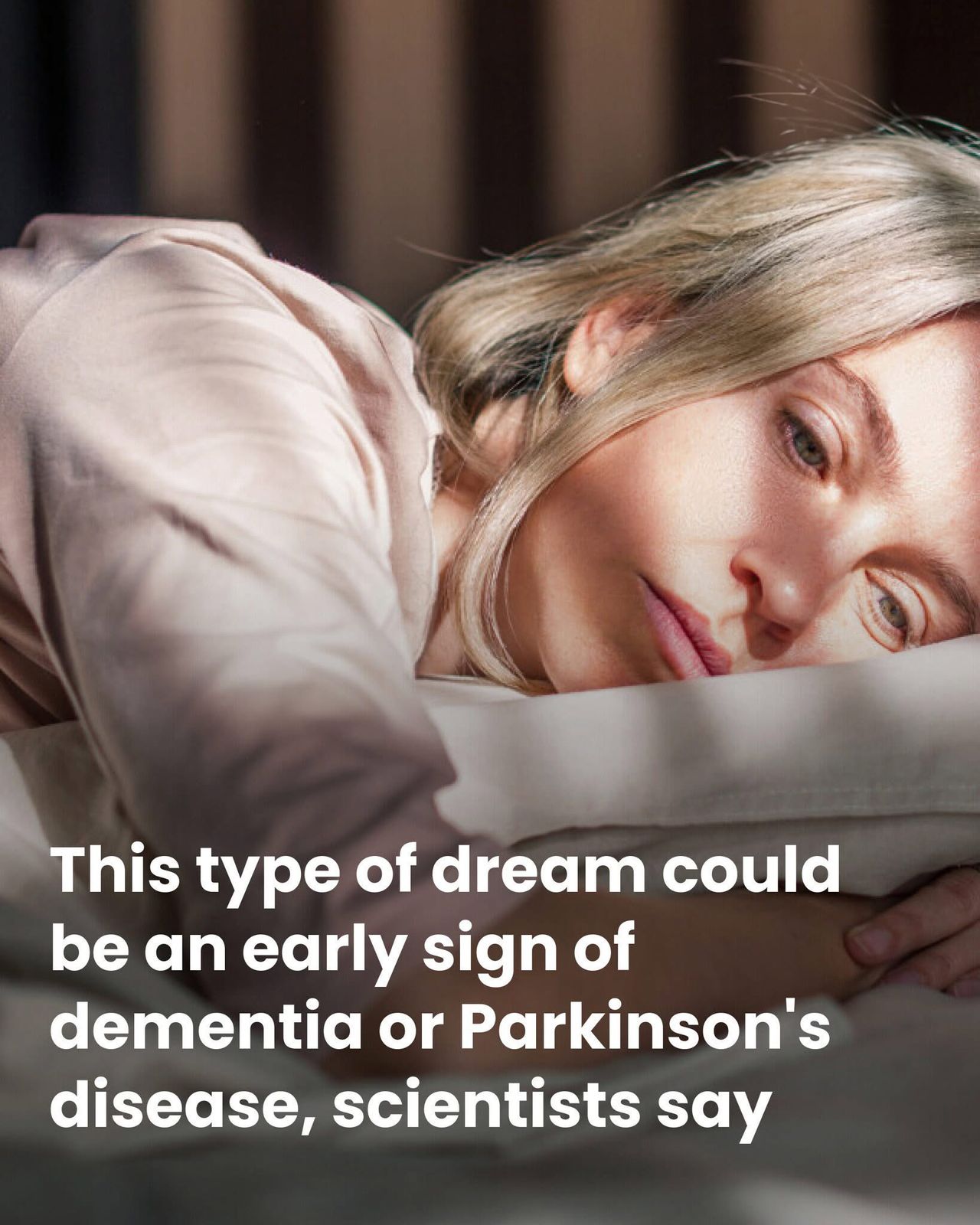🧠 Violent Dreams May Signal Early Signs of Dementia or Parkinson’s, Scientists Warn

While dreams are usually harmless and a natural part of sleep, certain types of dreams — particularly aggressive or vivid ones that involve physical movement — may be early red flags of serious neurodegenerative diseases, according to leading sleep scientists and neurologists.
⚠️ What Kind of Dreams Are We Talking About?
These are not your everyday dreams. The concerning signs include:
- Acting out dreams physically (e.g., punching, kicking, running)
- Talking, shouting, or screaming during sleep
- Falling out of bed
- Dreams that are emotionally intense or violent, such as being chased, attacked, or in combat
This phenomenon is associated with a sleep condition called REM Sleep Behavior Disorder (RBD).
🔍 What Is REM Sleep Behavior Disorder (RBD)?
REM (Rapid Eye Movement) sleep is a stage of sleep where dreaming is most vivid. Normally, the brain temporarily paralyzes the body during REM sleep to prevent you from physically reacting to dreams.
In RBD, this mechanism fails. As a result, people move, talk, or lash out during dreams — often without realizing it.
- It’s not just snoring or sleep-talking. It may involve full-body motion, punching the air, or even falling out of bed.
- People might wake up injured or have no memory of their movements.
🧠 The Connection to Dementia & Parkinson’s Disease
Multiple studies across the last two decades have shown that RBD is one of the earliest signs of neurodegeneration. In fact:
- Around 80% to 90% of people diagnosed with RBD eventually go on to develop Parkinson’s disease, Lewy body dementia, or multiple system atrophy.
- These diseases are related to the accumulation of abnormal proteins (like alpha-synuclein) in the brain, which interfere with motor control, memory, and cognition.
🧪 What Happens in the Brain?
- The brainstem, responsible for regulating REM sleep, is one of the first areas affected in Parkinson’s and related diseases.
- When cells in this region start to degenerate, it leads to a breakdown in muscle inhibition during REM sleep.
- This happens years — even decades — before the classic signs of tremors, stiffness, memory loss, or confusion appear.
🧠 Other Early Warning Signs to Look Out For
Along with violent dreams or RBD, these may also appear early:
- Loss of sense of smell (anosmia)
- Small, cramped handwriting (micrographia)
- Chronic constipation
- Subtle changes in mood or behavior, including depression
- Mild memory issues
🩺 When Should You Worry?
If you or someone you know:
- Suddenly develops active dream behavior (especially after age 50)
- Talks, yells, or fights in their sleep
- Injures themselves or others while asleep
- Experiences frequent vivid nightmares that feel unusually real
…then it’s wise to seek medical attention immediately.
🛌 Diagnosis & Treatment
Polysomnography (an overnight sleep study) is the most accurate method to confirm RBD. A neurologist or sleep specialist will monitor your brain waves, breathing, muscle activity, and eye movement during the night.
Management options include:
- Clonazepam or melatonin to reduce dream enactment
- Making the bedroom safer (padded floors, removing sharp objects)
- Monitoring for early signs of Parkinson’s or dementia regularly
🧬 Final Thoughts
RBD doesn’t guarantee you’ll develop a neurodegenerative disease — but it raises the risk significantly. Recognizing the signs early can lead to timely interventions, lifestyle changes, and proper monitoring, which may slow disease progression and improve quality of life.